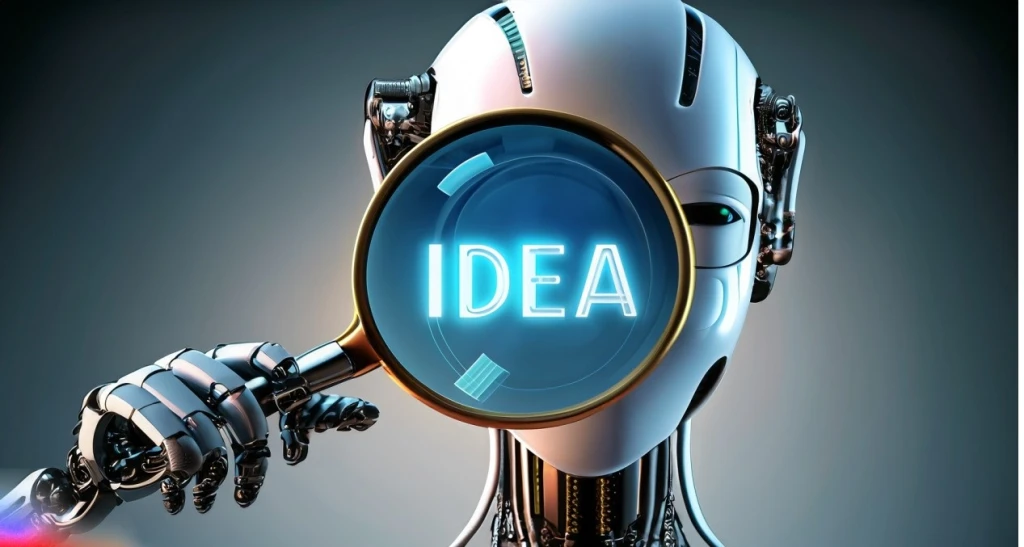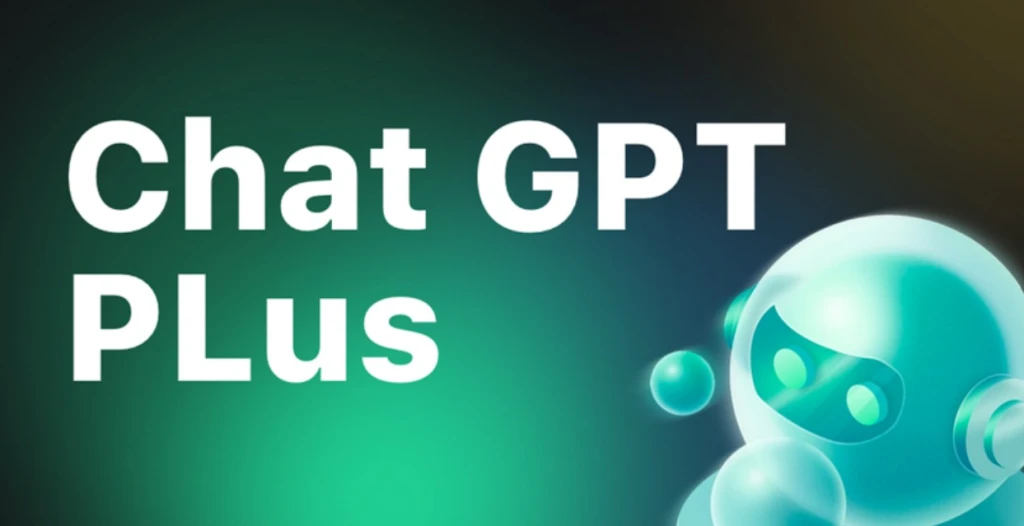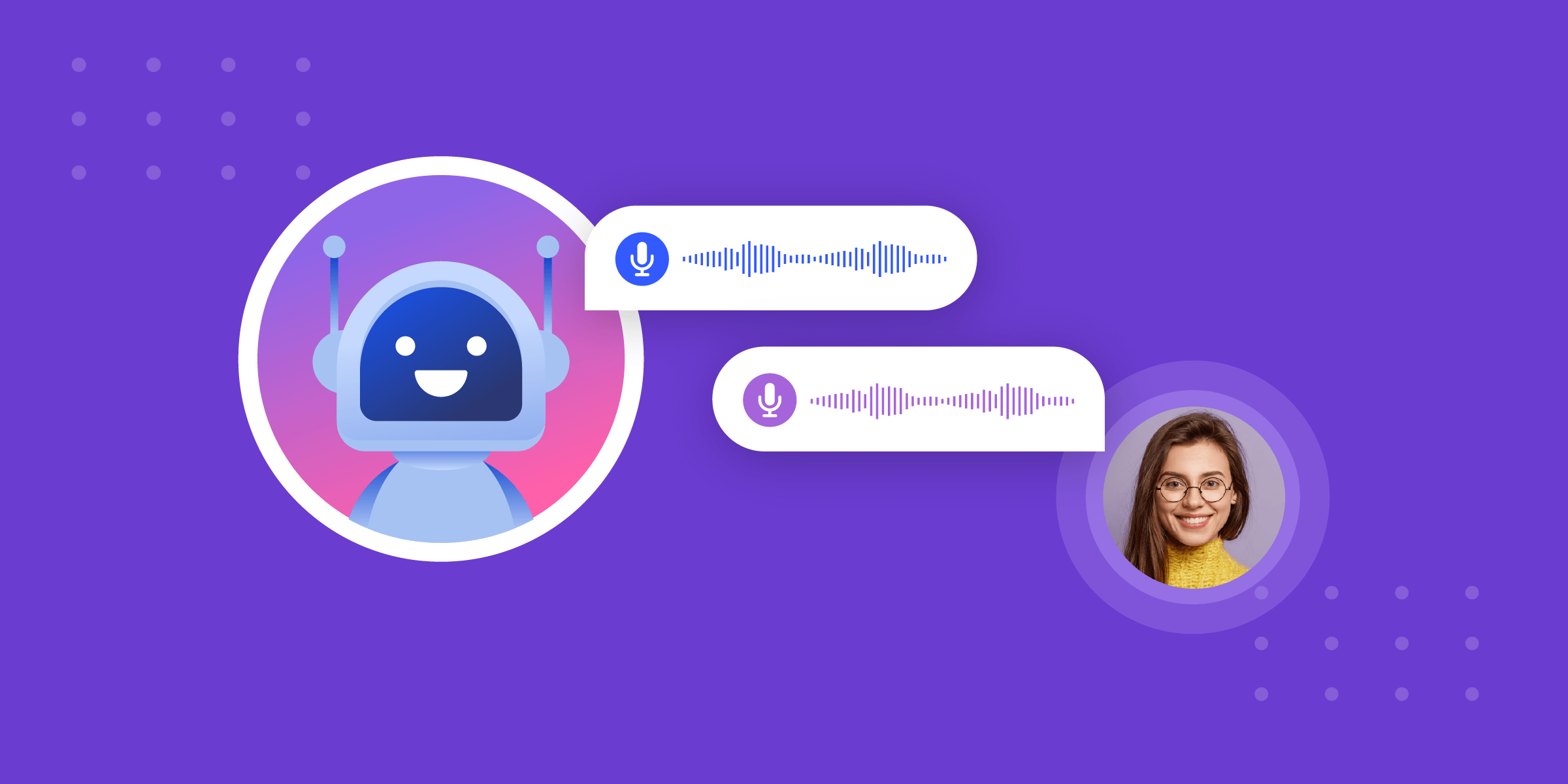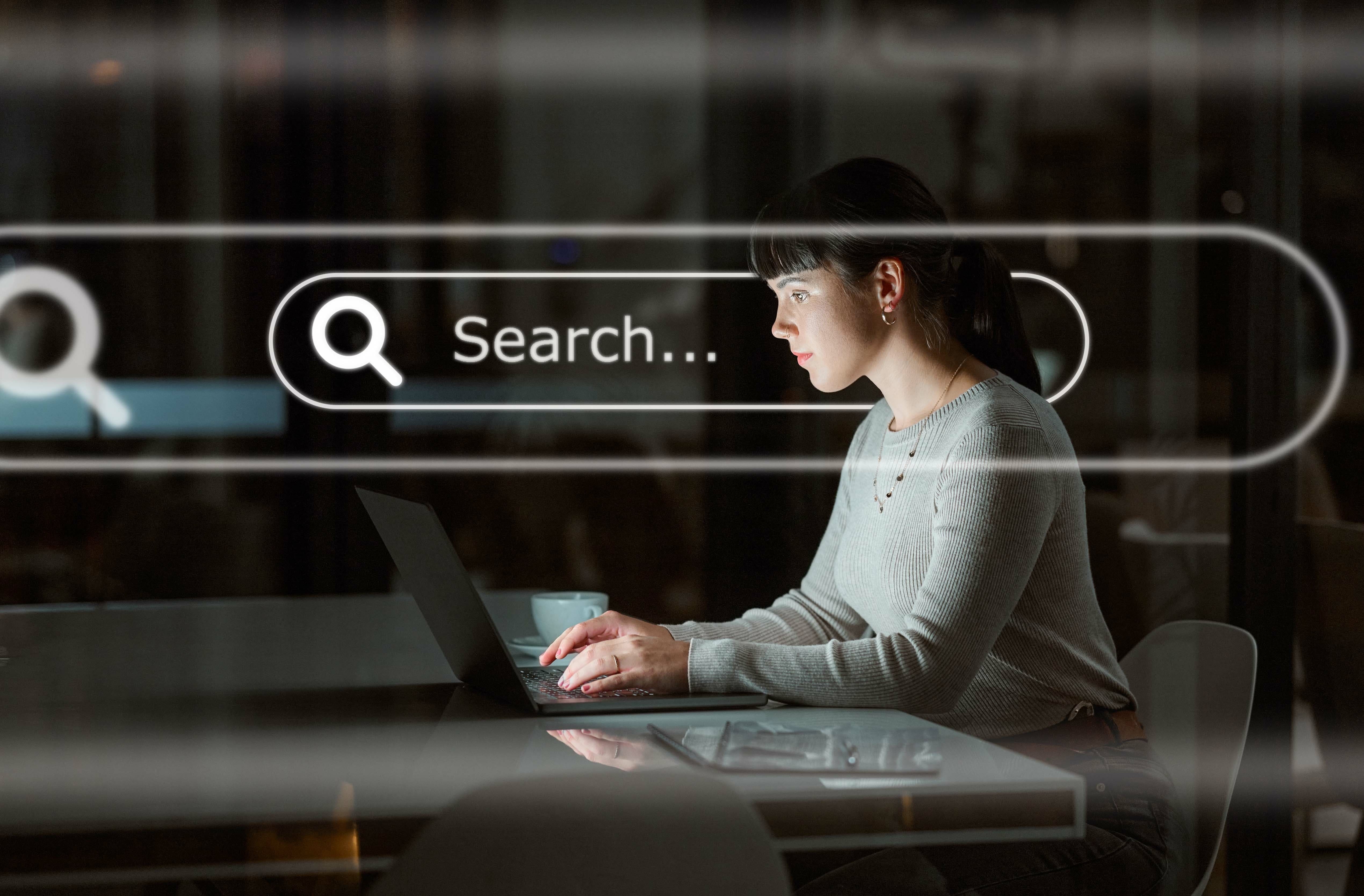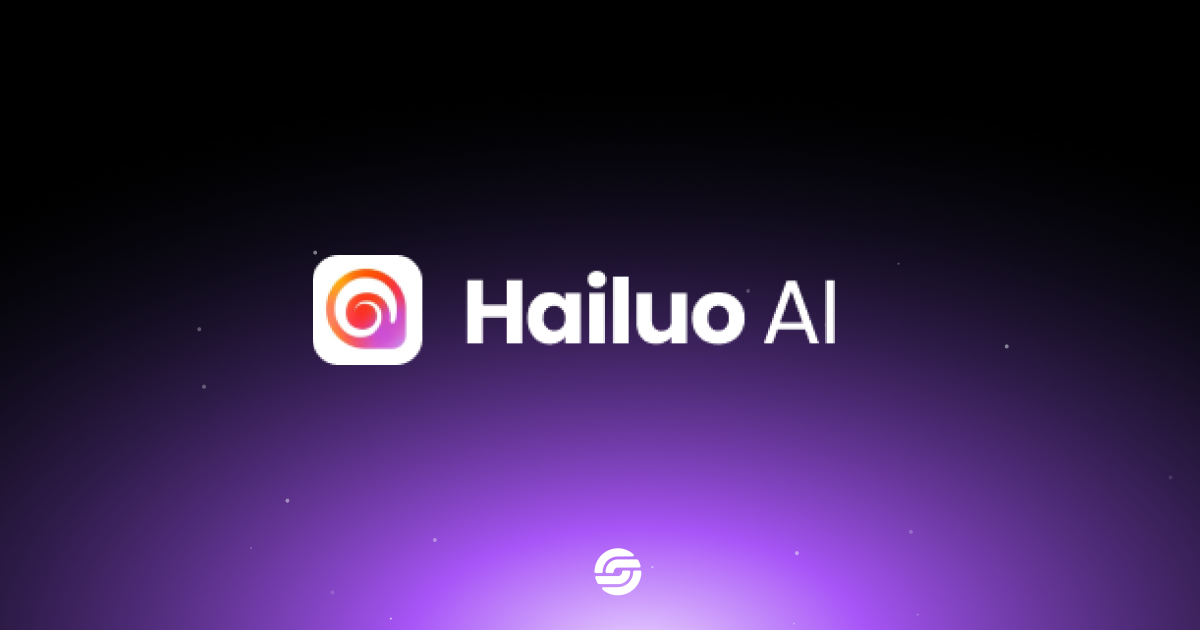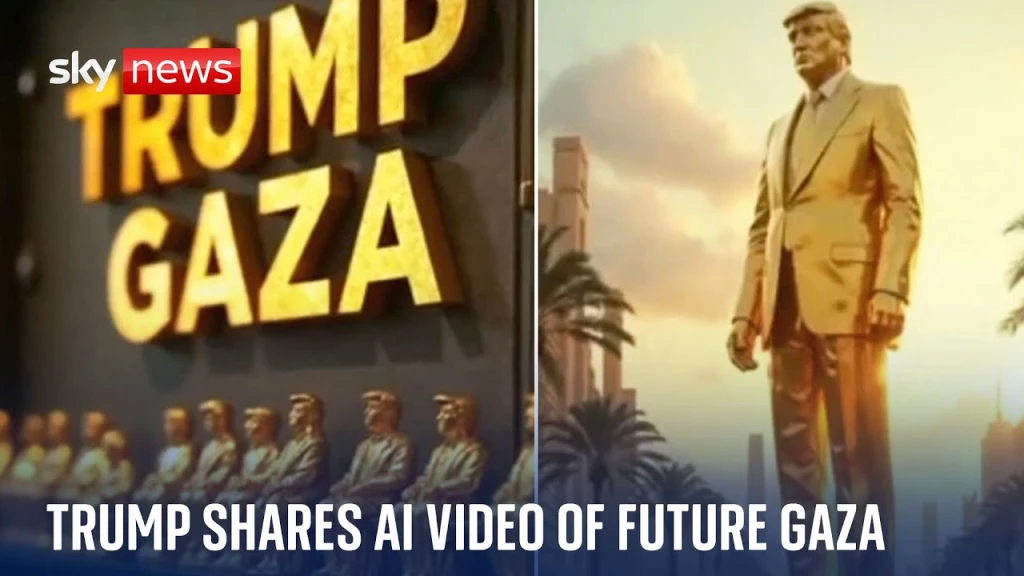Test AI on YOUR Website in 60 Seconds
See how our AI instantly analyzes your website and creates a personalized chatbot - without registration. Just enter your URL and watch it work!
1. Introduction: AI’s Expanding Role in Creativity
As AI continues to evolve, it raises exciting possibilities and critical questions: Will AI replace human creativity? Or will it serve as an empowering tool that enhances human artistic expression? This blog explores the future of AI in creative industries and its impact on artists, designers, musicians, writers, and filmmakers.
2. AI in Art and Design: The New Digital Canvas
Key AI Advancements in Art & Design:
AI-Powered Digital Painting: Tools like DALL·E create photorealistic and surreal artwork based on text prompts.
Automated Graphic Design: AI assists in logo creation, branding materials, and marketing visuals with platforms like Canva’s AI-driven tools.
Generative Art Algorithms: AI can generate unique, evolving art pieces that change over time.
3D Modeling & Animation: AI speeds up 3D rendering, character animation, and virtual world-building for gaming and entertainment.
The Impact on Artists & Designers:
AI democratizes design, making creative tools more accessible to non-designers.
It challenges traditional artistic boundaries, encouraging experimentation.
Raises ethical debates on authorship and originality in AI-generated art.
3. AI in Music: The Composer of the Future
Key AI Advancements in Music:
AI Composers: Tools like AIVA and OpenAI’s MuseNet generate compositions in various musical styles.
Real-Time Music Generation: AI can create adaptive music that responds to in-game or video content dynamically.
AI-Assisted Mixing & Mastering: AI tools analyze sound patterns to optimize audio engineering.
Lyric & Melody Generation: AI helps songwriters brainstorm lyrics and melodies based on input themes and moods.
The Impact on Musicians:
AI reduces production time, allowing musicians to focus on creativity.
New AI tools enable collaboration between artists and machines.
Raises concerns about AI-generated music replacing human artists in commercial industries.
4. AI in Film & Animation: The Next Frontier in Storytelling
Key AI Advancements in Film & Animation:
AI-Generated Scripts: AI models like ChatGPT assist in scriptwriting by generating plots and dialogues.
Deepfake & AI-Enhanced CGI: AI creates hyper-realistic digital characters and de-aging effects.
Automated Video Editing: AI simplifies post-production, improving visual effects and color grading.
AI-Powered Motion Capture: AI-driven animation tools make character animation more lifelike and efficient.
The Impact on the Film Industry:
Reduces production costs and time in animation and VFX-heavy films.
Enables independent filmmakers to create high-quality content with AI assistance.
Sparks debates on AI ethics in deepfake technology and digital recreations of deceased actors.
5. AI in Writing & Content Creation: The Rise of AI Authors
Key AI Advancements in Writing:
AI-Powered Copywriting: Tools like ChatGPT and Jasper generate blog posts, ad copy, and social media content.
Automated News Writing: AI-driven journalism tools summarize reports and draft articles.
Creative Storytelling AI: AI can suggest plot structures, character arcs, and dialogue for novels and screenplays.
Translation & Localization: AI enhances real-time language translation, making content accessible globally.
The Impact on Writers:
AI assists in content generation but lacks true human creativity and emotional depth.
Speeds up research and editing, helping writers refine their work.
Raises concerns about plagiarism and authenticity in AI-generated content.
Test AI on YOUR Website in 60 Seconds
See how our AI instantly analyzes your website and creates a personalized chatbot - without registration. Just enter your URL and watch it work!
6. Ethical and Legal Challenges of AI in Creative Industries
1. Intellectual Property (IP) and Ownership
Who owns AI-generated art, music, or stories—the AI, the developer, or the user?
Legal frameworks need to address copyright issues surrounding AI-assisted creativity.
2. AI Bias in Creative Fields
AI models can reflect biases in their training data, leading to stereotypical content generation.
The need for diverse and inclusive AI models in creative industries.
3. The Impact on Human Creativity
AI could replace traditional creative jobs, leading to concerns about employment.
AI can also enhance creativity by acting as a collaborative tool rather than a replacement.
7. The Future of AI in Creative Industries: What’s Next?
1. Hyper-Personalized Content Creation
AI will tailor music, films, and articles to individual tastes and emotions.
2. Real-Time AI Collaboration
AI will become a creative assistant, allowing artists and machines to work together seamlessly.
3. Virtual Reality (VR) and AI-Driven Storytelling
AI will create interactive VR storytelling experiences with adaptive narratives.
4. AI-Generated Interactive Media
AI-powered content that evolves based on audience participation.
8. Conclusion: AI as a Creative Partner, Not a Replacement
While challenges around AI ethics, bias, and intellectual property remain, one thing is clear: AI is set to revolutionize the creative industries, ushering in an era where technology and artistry blend to create something truly extraordinary.
